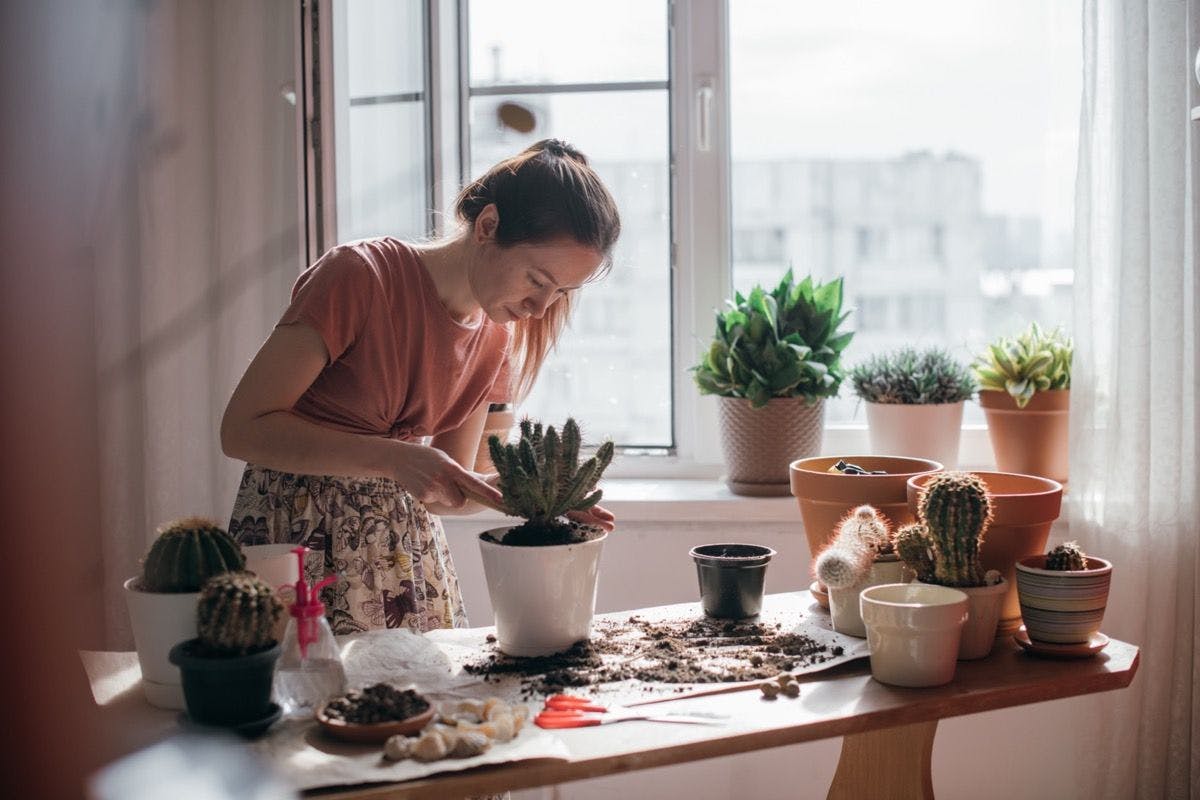Embarking on the journey of repotting your common house plants can be an exciting yet overwhelming task, especially if you are new to the world of indoor gardening. However, fear not, for we are here to equip you with a plethora of invaluable tips and tricks that will empower you to navigate the repotting process with confidence and ensure the optimal health and growth of your beloved green companions.
Repot with Prudence
One of the most common pitfalls for beginners is the tendency to repot their plants too frequently. While the idea of providing ample space for the roots to spread and flourish is commendable, excessive repotting can inadvertently subject your plants to unnecessary stress. As a general guideline, most house plants require repotting every 12 to 24 months, depending on their growth rate. To determine if your plant is due for a new home, keep a keen eye out for telltale signs such as protruding roots from the drainage holes or a root-bound appearance, characterized by a tightly packed root ball within the current pot. These visual cues are clear indicators that your plant is yearning for a larger abode.
The Art of Pot Selection
Selecting the right pot size is an art form that significantly impacts the well-being of your plants. Opting for a pot that is excessively large may inadvertently lead to overwatering and stagnant soil, potentially suffocating delicate roots. On the other hand, choosing a pot that is too snug can hinder root expansion, causing stress and stunted growth. To strike the perfect balance, aim for a pot that boasts a diameter approximately 1 to 2 inches larger than the current one. This modest size differential offers ample room for root development while preventing an overwhelming environment that could impede your plant's overall vitality.
Unleashing the Power of Premium Potting Mix
The choice of potting mix is a pivotal factor that underpins successful repotting endeavors. Garden soil, despite its inherent richness, is ill-suited for indoor plants due to its heavy texture and poor drainage capabilities, which can asphyxiate delicate roots. Instead, prioritize a high-quality potting mix explicitly formulated for indoor plants or curate your own blend by combining equal parts of peat moss, perlite, and vermiculite. This concoction bestows superior drainage, aeration, and moisture retention, creating a harmonious environment that fosters robust root health and overall plant vitality.
Conclusion
Repotting common house plants need not be a daunting endeavor. Armed with these essential tips, you are now well-equipped to embark on your repotting journey with confidence. Remember to exercise prudence in repotting frequency, judiciously select the right pot size, and embrace the power of a premium potting mix. With diligent care and attention, your house plants will thrive in their newfound homes, emanating beauty and joy throughout your living space. Embrace the transformative magic of repotting and revel in the wondrous growth of your green companions. Happy repotting!
Prompt: Create a blog post about "Beginner-friendly tips for repotting common houseplants: Avoiding common mistakes, promoting healthy growth, and preserving root health."
